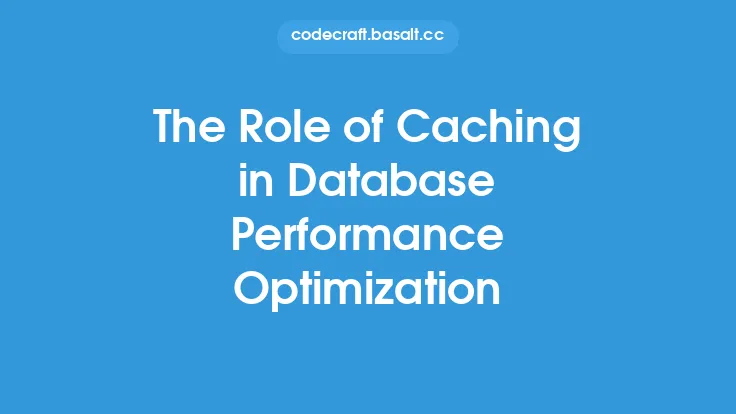Operating systems play a crucial role in managing computer hardware resources and providing a platform for running applications. One of the key components that enable operating systems to efficiently manage hardware resources is interrupts. Interrupts are signals to the CPU that an event has occurred and requires immediate attention. In this article, we will delve into the role of interrupts in operating system performance optimization, exploring how they work, their types, and their impact on system performance.
Introduction to Interrupts
Interrupts are asynchronous events that occur when a hardware device, such as a keyboard, mouse, or disk drive, needs to communicate with the CPU. When an interrupt occurs, the CPU temporarily suspends its current activity and executes a specialized routine called an interrupt service routine (ISR) or interrupt handler. The ISR handles the interrupt and then returns control to the CPU, which resumes its previous activity. Interrupts are essential for operating systems to respond to hardware events, manage resources, and provide services to applications.
Types of Interrupts
There are two primary types of interrupts: hardware interrupts and software interrupts. Hardware interrupts are generated by hardware devices, such as keyboard presses or disk completion, and are used to signal the CPU that an event has occurred. Software interrupts, on the other hand, are generated by the operating system itself and are used to implement system calls, handle exceptions, and manage resources. Software interrupts are also known as traps or exceptions.
Interrupt Handling Mechanism
The interrupt handling mechanism is responsible for managing interrupts and executing ISRs. When an interrupt occurs, the CPU executes the following steps:
- Save the current state: The CPU saves its current state, including registers and program counter, to allow it to resume execution later.
- Identify the interrupt source: The CPU identifies the source of the interrupt, which is typically stored in a register or a table.
- Execute the ISR: The CPU executes the ISR associated with the interrupt source.
- Restore the state: After the ISR completes, the CPU restores its previous state and resumes execution.
Impact of Interrupts on System Performance
Interrupts can significantly impact system performance, both positively and negatively. On the positive side, interrupts enable operating systems to respond to hardware events, manage resources, and provide services to applications. However, excessive interrupts can lead to performance degradation, as the CPU spends more time handling interrupts than executing application code. Additionally, interrupts can cause context switching, which can lead to cache misses, TLB flushes, and other performance overheads.
Optimizing Interrupt Handling
To optimize interrupt handling and minimize its impact on system performance, operating systems employ various techniques, such as:
- Interrupt prioritization: Assigning priorities to interrupts to ensure that critical interrupts are handled promptly.
- Interrupt masking: Temporarily disabling interrupts to prevent excessive interrupt handling.
- Interrupt batching: Grouping multiple interrupts together to reduce the overhead of interrupt handling.
- ISR optimization: Optimizing ISRs to minimize their execution time and reduce the impact on system performance.
Best Practices for Interrupt-Driven Systems
To design efficient interrupt-driven systems, developers should follow best practices, such as:
- Minimizing interrupt frequency: Reducing the frequency of interrupts to minimize performance overhead.
- Optimizing ISR code: Writing efficient ISR code to minimize execution time.
- Using interrupt prioritization: Assigning priorities to interrupts to ensure that critical interrupts are handled promptly.
- Implementing interrupt handling mechanisms: Implementing mechanisms, such as interrupt masking and batching, to optimize interrupt handling.
Conclusion
In conclusion, interrupts play a vital role in operating system performance optimization. By understanding how interrupts work, their types, and their impact on system performance, developers can design efficient interrupt-driven systems that minimize performance overhead. By employing techniques, such as interrupt prioritization, masking, and batching, and following best practices, developers can optimize interrupt handling and create high-performance systems that respond efficiently to hardware events and provide excellent services to applications.





